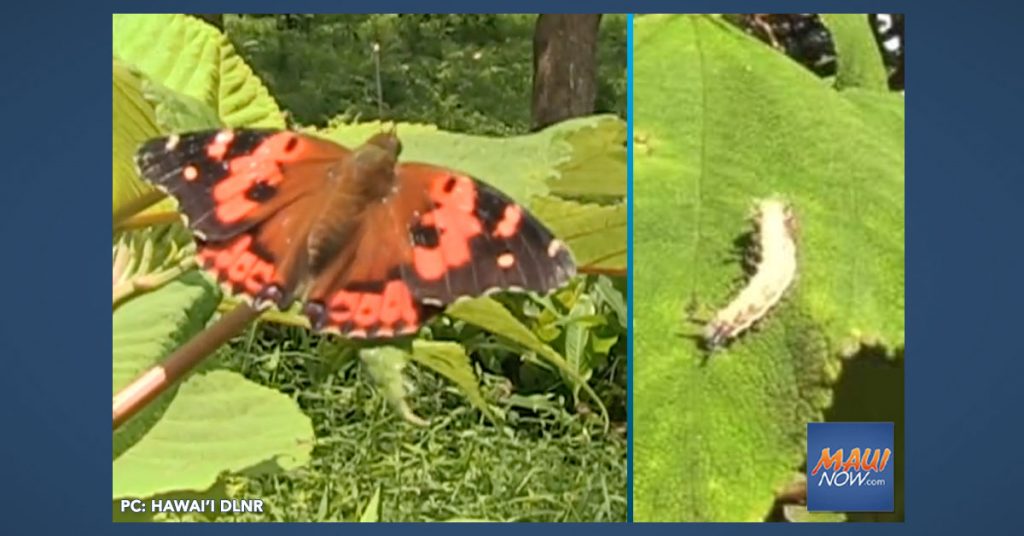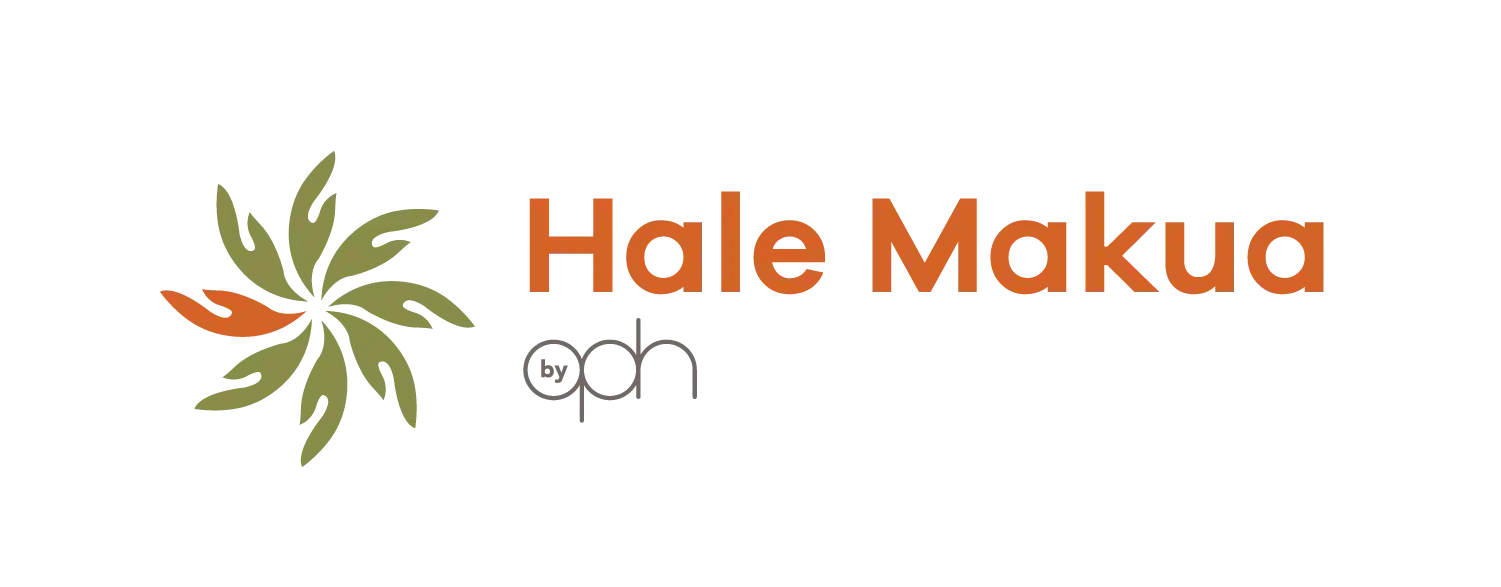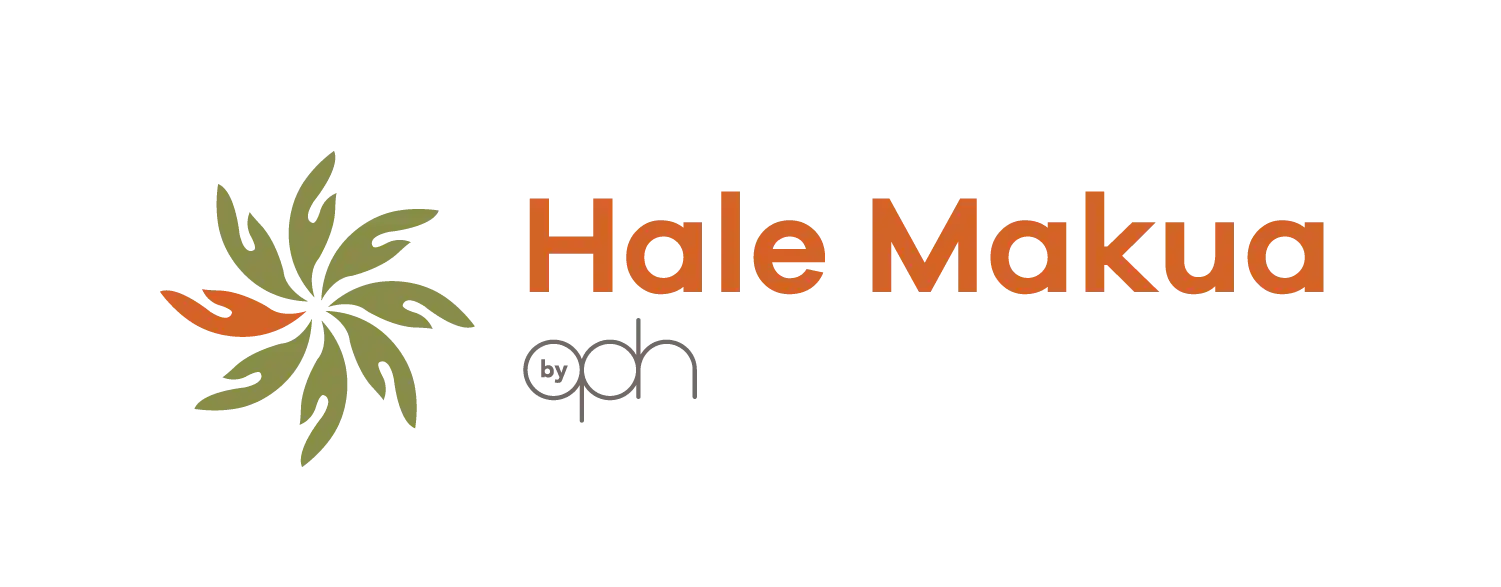Non-Native Birds and Ants Likely Suspect in Decline of Kamehameha Butterfly

State researchers, working to re-establish the population of Hawai‘i’s official state insect, the Kamehameha butterfly(pulelehua), are being deterred by predators that are feeding on caterpillars before they have a chance to develop into butterflies.
The cameras are showing that non-native, introduced birds are the likely culprits, along with some ant species. The video evidence of ants as suspects at Mānoa Cliffs is limited, but the researchers believe at other locations they are eating the caterpillars before they fully develop into butterflies.
Several times each week, entomologist Will Haines, with the DLNR Division of Forestry and Wildlife and Kupu member, Jana Maravi, hike into this protected restoration area to place the caterpillars of the Kamehameha butterfly onto native māmaki plants, their most common food source. They have remote cameras set up in the trees hooked to digital video recorders, as they attempt to find out why the caterpillars are disappearing.
Haines explained “The Kamehameha butterfly has been declining in a lot of its historical range, particularly in the southern Ko‘olau Mountains on O‘ahu, where it no longer occurs naturally. It seems to be good habitat but one of the challenges we are seeing is the presence of so many introduced predators. We’re trying to figure out which of the predators is responsible for the decline. It seems to mostly affect the caterpillar stage of the butterfly.”
Although the Kamehameha butterfly still occurs on most of the main Hawaiian Islands, its range has shrunk on every island. There are few accessible places on Oʻahu where you can still see the butterfly. Haines said, “They are definitely not as abundant as they used to be. If we can figure out the predator piece of the puzzle, hopefully we can take steps to reduce the trend.”
People, particularly children, can learn all about the Kamehameha butterfly in a recently released educational book, “Butterfly for a King.”







_(2)_1751920774087.webp)
